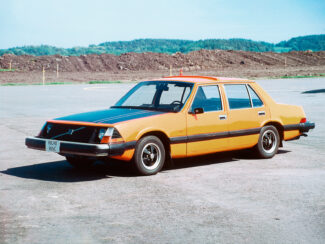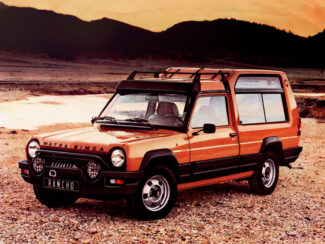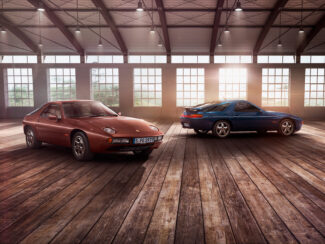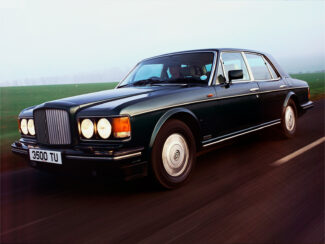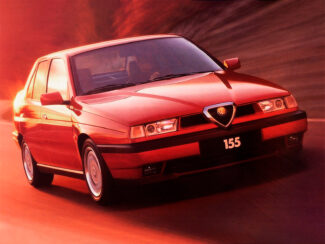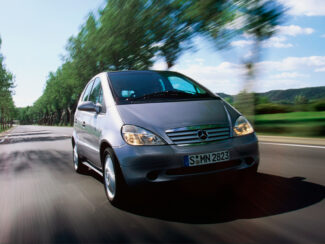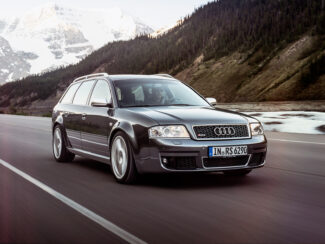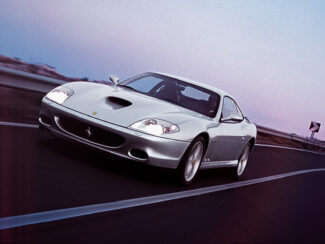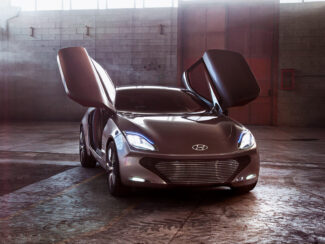
Volkswagen Phaeton

At the GIMS 2002, Volkswagen presented the Phaeton.
One man’s vision, it had to be the best car ever made. In response to the downscaling of Mercedes-Benz (A Class) and BMW (1 Series) in the late 1990s, Ferdinand Piëch ordered VW to compete with them at the top of the range.
The project around the Phaeton was pharaonic: a new plateform (shared with the forthcoming Bentley Continental GT and Flying Spur), state-of-the-art technologies and a new high-tech factory in Dresden (Glass Factory). Piëch wanted the absolute best.

The Phaeton had to meet 10 sine qua non criterias, including the ability to be driven a whole day at 300 km/h in an outside temperature of 50°C while maintaining an inside temperature of 22°C with no a/c air flows, no mist and no vibrations. To ensure absolute confort and flawless handling, the torsional rigidity had to be exceptional: it reached 37 kNm/deg, a level ca. 40% stronger than the Porsche 911 Turbo (996).
During its 14-year career and in 5 generations, only 84,253 units of the VW Phaeton were sold, whereas the plan was to sell 20,000 units/year. According to some studies, VW lost 28,000 euros per unit sold.

But beyond the commercial disappointment, there are technological achievements that are still used in the industrie today. The Phaeton introduced features that have since become standard in all car segments, such as multi-zone a/c, adaptive cruise control until full auto stop, controlled air suspension and LED daytime running lights. No less than 100 patents were filed during its development.
Today, the VW Phaeton has an heir, the Phideon, introduced at the GIMS 2016. Less exclusive than the Phaeton, the Phideon is available exclusively in China. The Glass Factory in Dresden is now the “Home of I.D.” and houses the final assembly of the VW ID.3. It is also open to the public to discover and experience electromobility.



